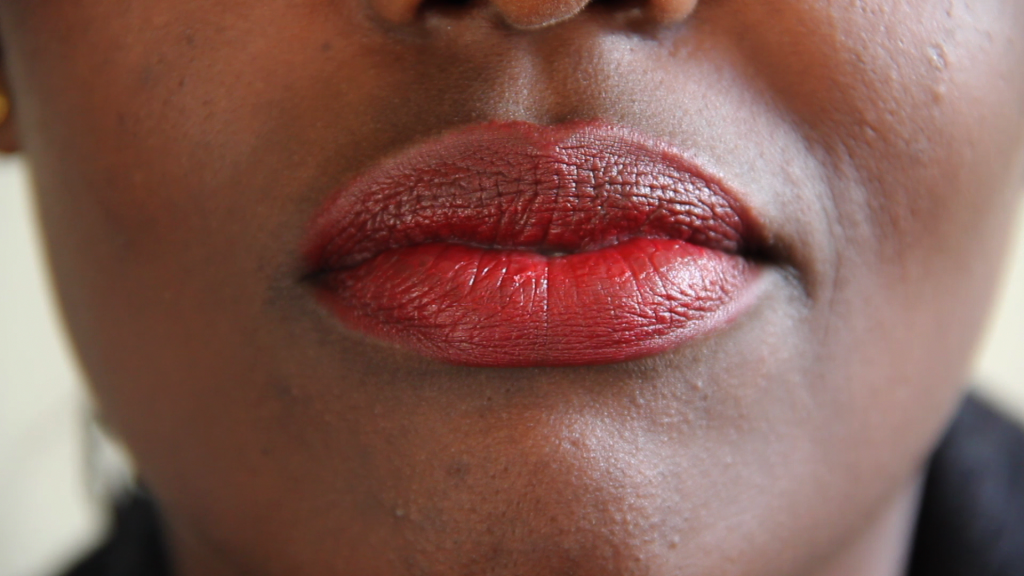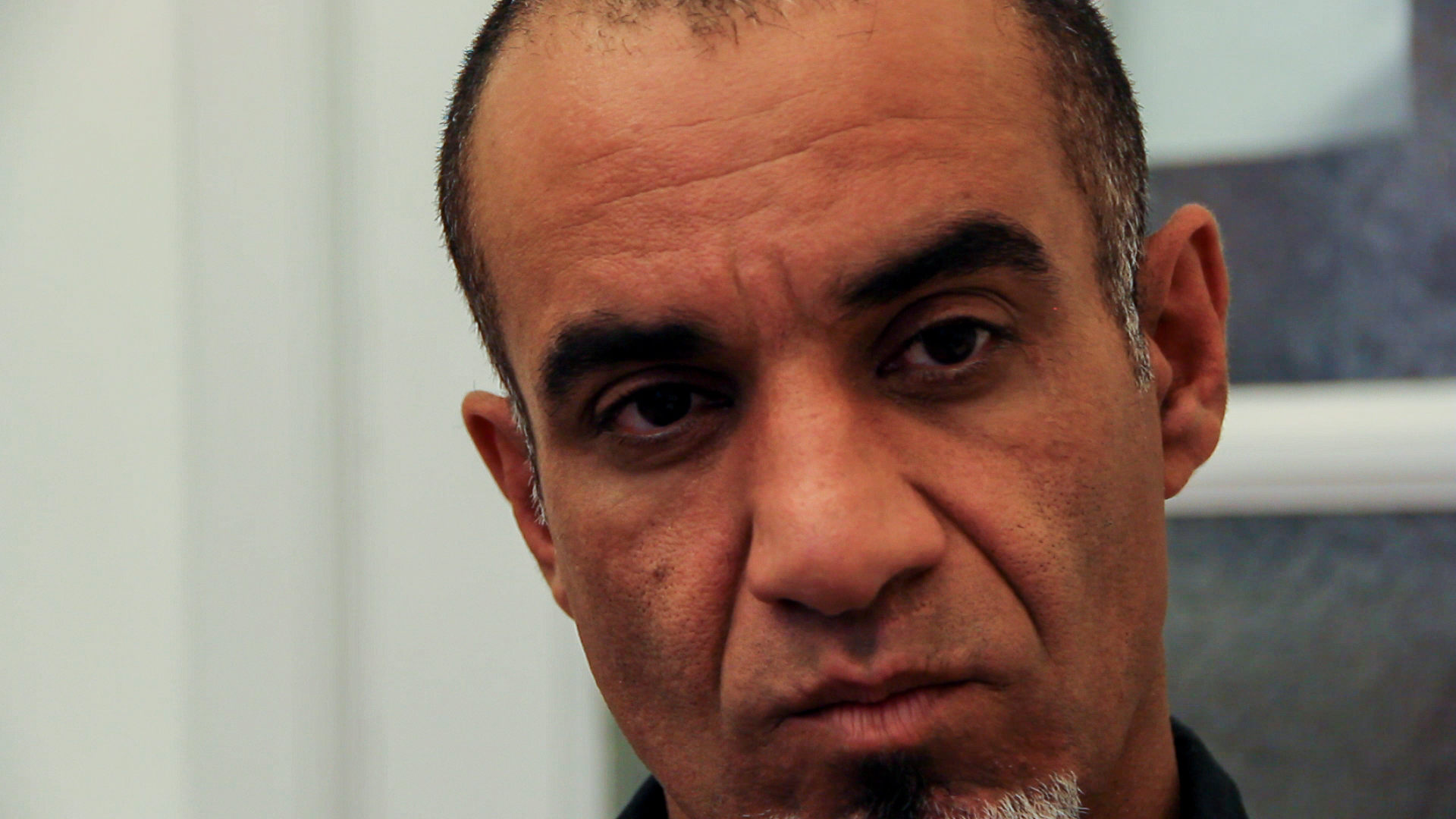FAIR residency

During the months of August and September 2011, and because of being part of the FAIR artist in residency, organized by the Fabrikken for Kunst og Design http://www.ffkd.dk, I got the opportunity to travel to Copenhagen for continuing with the development of my research project, Recycled Beings. In that occasion my work had a similar subject target than in its first Swedish chapter, because I understood that Scandinavian societies function quite similar till some extend and I wanted to find a working pattern that could help me in having a more systematic research approach.
Because of research done before hand, I had a very good awareness of the state of the racism problematic in Denmark. Entire documents have been issued by organizations that overview European states in matters of racism. The ENAR – European Network Against Racism, published the following report on 2008
http://cms.horus.be/files/99935/MediaArchive/national/Denmark%20-%20SR%202008.pdf
pointing out a particular case of a young woman being discriminated because of her last name. The report quotes a paragraph taken from the “24 Timer on 25.02.2008”, which says:
“One often repeated example of discrimination in the labour market is the result of a Muslim sounding name. 26 year old Noëlline Muhamudally, half Danish and half Mauritius, had a very Danish last name – Nielsen. She changed it to her father’s family name. She testifies that after that, when she applied for jobs, she was turned down straight away and when she called a public office for information, she was treated like a child. When she used her Danish family name, the attitude of the person on the line dramatically changed. Young Noëlline Muhamudally is so tired of such racist behaviour that she is now considering to change her name back to Danish”.
This report also highlights a potential change in the conditions for families in asylum centres, referring to the fact that they could have the chance to live outside asylum centres because of a new integration board stablished in the 2008.
These were my premises before my arrival to Denmark and I strongly believed that the development of my work would be circling around the capacity of adaptation that people with minority background have had in the latest years, and how well accomplished this adaptation has been so far. Once in Denmark and thanks to the collaboration of the Trampoline House http://trampolinehouse.dk/ I had the opportunity to get deeply involved with the circular situation that asylum seekers face day after day.
Asylum?
In Denmark, there are over 7500 asylum seekers (September 2011) living in camps, which are mainly old military bases enabled for hosting, in most of the cases, up to a number of six people per four-by-four meters rooms. After this first contact with asylum seekers my aims toward working with the Danish Immigration Service increased and it was in this conversation/debate with the institution where I have found one of the most important elements of this new stage of my work in progress.
On August 10th, 2011, I started my search for some sort of contact with the immigration office. By September 22nd, I received the last email declining me the chance to undertake an anonymous internet survey to their agents. This survey aimed to provide my research solid date for sketching an overview of what people in the immigration service think regarding asylum and immigration/diversity conditions in general.

I could not run a survey that could map the institutional sentiment of the public agents that work on daily basis administrating the national asylum policies and because of that I decided to flip my focus to the other end; the taxpayers.
After a survey done in the Taste the World festival, organized by the Integration Department of the city of Copenhagen and more specifically, by the project ‘TASKFORCE Inklusion’. My statistics showed that from sixty-eight people (citizens of Copenhagen) part of the survey, fifty-nine believe that there are no more than two asylum camps around the city of Copenhagen and out of these sixty-eight there were fifty-four who think asylum seekers don’t spend more than a year in these centres.
This was the starting point of the second chapter of my Recycled Beings research. Without a specific format in mind but with a very concrete idea of the asylum seekers condition in CPH, the project initiated a cohabitation with a group of asylum seekers from diverse nationalities who had a lot to say but that at the same time depended on their anonymity for maintaining their chances of being granted asylum.
The first strategy for establishing a collaboration by the means of my artistic tools was the exercise of video documenting the amount of time that this human group had spent living in these centres. I could not find reasons that would justify the need of designing an art product out of this stage of the research and by the end of my time as resident of FAIR (October 2011), there was no concrete outcome, and the project was presented in an artist talk as work in progress.
An integrated Copenhagen by 2015
Parallel to that process the research kept its approach of measuring the effectiveness of adaptation processes and integration policies in Danish society. For this aim I took into a more personal analysis of what would be relevant to produce in Copenhagen. My ideas were navigating into researching my own condition of new in town but at the same time I was attracted in finding people whose could be recognizable to me because of the similarities in our conditions.
This method focused on the search of subjects that could feel familiar to a multiple identity state because of their relocation. In this process I placed myself into this group in a sort of self-separation, which I consider is the result of my unwanted transformation through my time in Scandinavia.
I have followed the same patterns of research as before and I have tried my very best to get the integration department of Copenhagen council and even the ministry of integration to participate in a sociological experimentbut as previously with the immigration service, there is a long list of negative answers in my email inbox.
The most fruitful exchange was the one established with the TASKFORCE Inklusion department of the city of Copenhagen. Advised by the Ministry of Integration, I contacted the TASKFORCE department on August 15th, 2011. The character of my research had a very positive acceptance by the head of this institution and it was very comforting to feel that finally an open communication nexus was established, which I thought was a positive outcome.
After meeting the director of TASKFORCE Inklusion and explaining my intentions behind my research I felt confident in getting some participation from them, which would have been a massive help for the development of my process. Unfortunately, I received another negative email re-directing me to smaller partners that in their opinion were more suitable for an active participation to my work. After insisting in my proposed vision of collaborating with TASKFORCE Inklusion, because of being a department with a main task of making of Copenhagen the most integrated city of Europe by 2015, and because of being responsible of integration matters in the Danish capital, I finally got one of its members to agree in participating in my work.

I am extremely thankful for the good vibe and willing to help that Nader Arien had towards my project but as I mentioned to him, I found it very symbolic that the only person that agreed in being part from his department and after almost two months of trying to reaching them, was the only non-born Danish in the office.